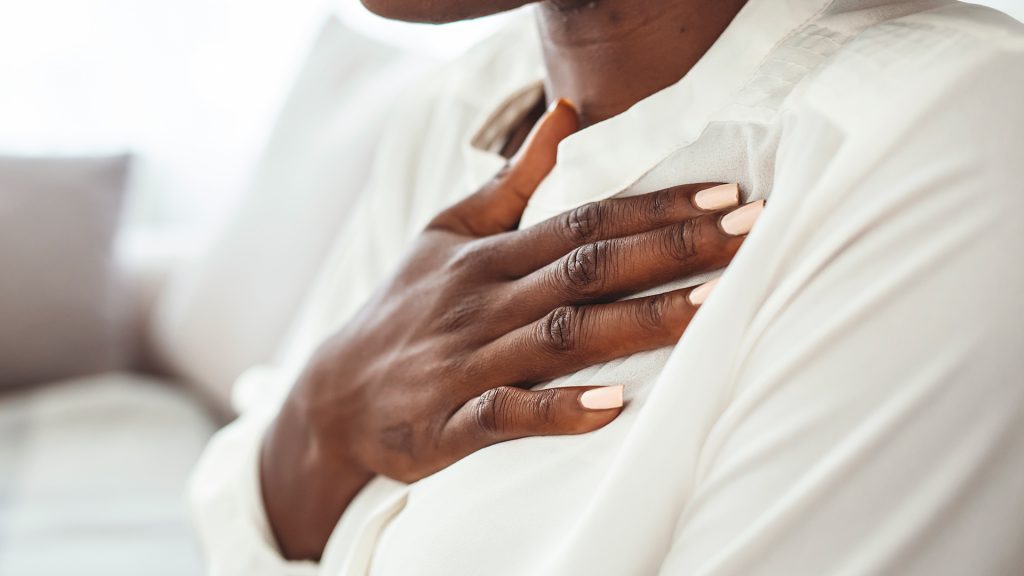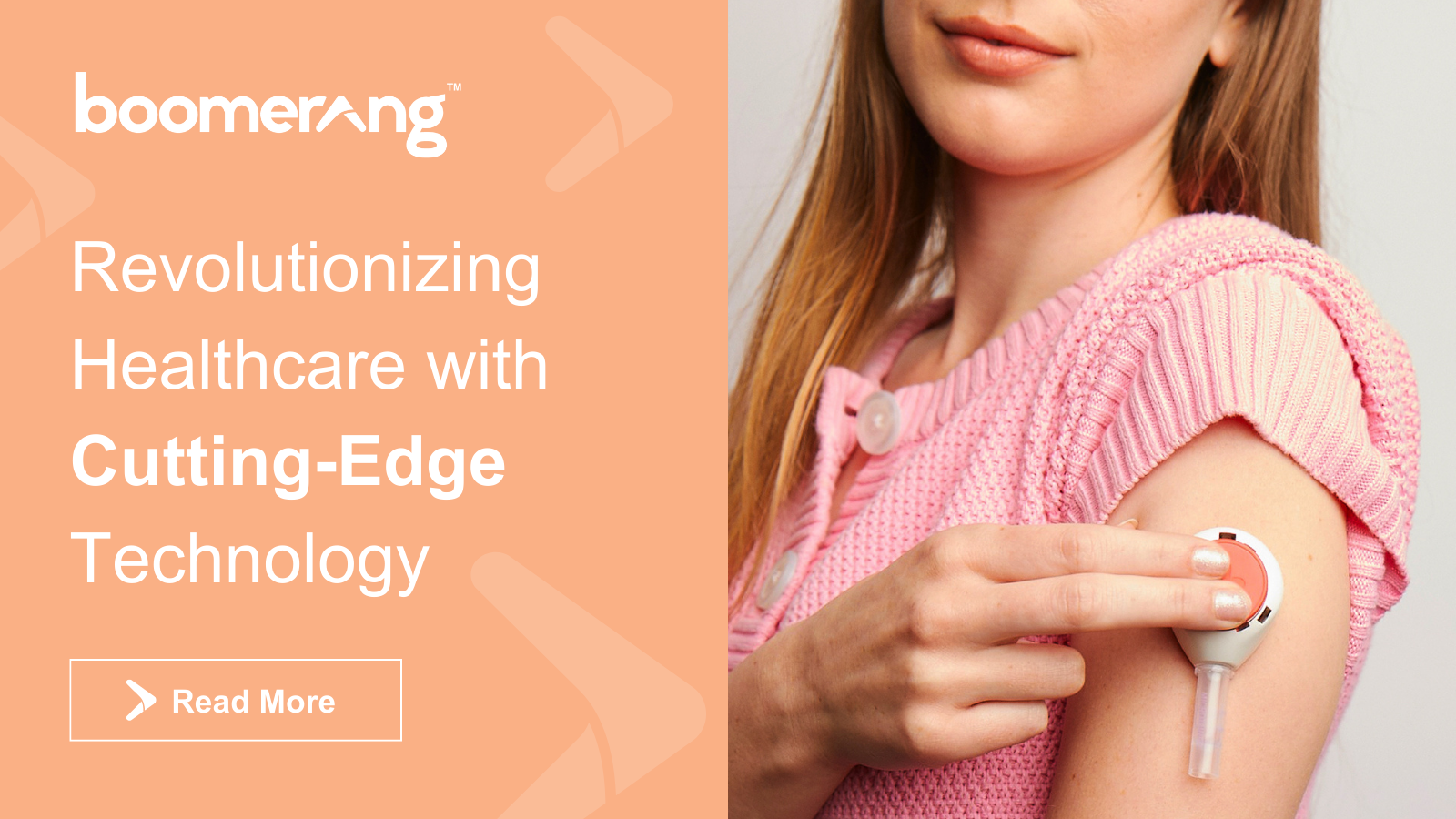Thanks to an influx of funding and new innovations in testing methods, COVID-19 tests are now more accessible than ever. That means you now have options when it comes to which kind of COVID test you want to take, and how you want to take it.
So…how do you decide which test to take? What’s the difference between an RT-PCR test and an antigen test? Is one test better than the other? And should you take an at-home COVID test, or do you need to go to a doctor’s office to get accurate results? Today, we’re breaking it all down for you!
What’s an RT-PCR test?
RT-PCR tests are often called the “gold standard” of COVID testing, because this testing method is both highly sensitive (which means it can detect the virus even in very small amounts) and highly accurate.
RT-PCR tests work by looking for the presence of genetic material (specifically RNA) from the SARS-CoV-2 virus—the virus which causes COVID-19.
Since their invention in 1983, PCR tests have been used to diagnose all sorts of infectious diseases, including HIV and tuberculosis. So while the RT-PCR test for COVID-19 is relatively new, the technology behind these tests has been trusted by doctors for over 30 years—and it’s incredibly good at detecting SARS-CoV-2 in our bodies.
But that doesn’t mean there haven’t been new innovations in PCR testing! In the early days of the pandemic, doctors often needed to use long nasal swabs to collect nasopharyngeal samples in order to properly perform a RT-PCR test. (If you had one of these tests…you probably remember the discomfort.)
But luckily, today’s RT-PCR tests can accurately analyze samples from throat swabs, saliva samples, or lower nasal swabs—all of which you can perform on your own, without a doctor’s supervision.
Here at Boomerang, our at-home RT-PCR test uses a simple, gentle lower nasal swab that causes zero discomfort, and only takes about 30 seconds to complete.
What’s an antigen test?
Not to be confused with antibody tests (which can determine if your body has previously battled COVID), antigen tests scan your sample for a certain protein produced by the SARS-CoV-2 virus.
Antigen tests are commonly called “rapid tests,” because you’re able to get results within minutes, thanks to their finely tuned technology. Yep, much like PCR tests, antigen tests have also been trusted and used by doctors for years—in fact, if you’ve ever taken a rapid test for strep throat, you’ve taken an antigen test!
But in the wake of the COVID pandemic, antigen tests have also gained a reputation as a second-class test. This is because antigen tests aren’t as sensitive as PCR tests—meaning, if there’s not enough SARS-CoV-2 virus present in your sample, an antigen test may be more likely to miss it.
That’s why, if you’re using a rapid antigen test, medical experts recommend serial testing—taking one test, and then taking another within 24-36 hours. By testing two different samples, you’re giving this testing method more chances to find the SARS-CoV-2 virus in your system.
Here at Boomerang, we always want you to get the most accurate results possible. That’s why we include two antigen tests in every order of Boomerang’s at-home antigen rapid test kits, to help make serial testing a breeze.
When should I take a PCR test vs. an antigen test?
PCR Pros: If you’ve been exposed to someone who has COVID, but are not yet showing symptoms, an RT-PCR test may be a better option for you. Because this test is so sensitive, it’s often able to detect the SARS-CoV-2 virus earlier. However, for the most accurate results possible, you should still wait for at least three days after exposure before taking any type of COVID test.
An argument for antigen: If you are already showing symptoms of COVID, an antigen test will also work very well. Antigen tests tend to be more accurate when your sample contains a higher viral load—and symptoms are often a good indicator that you’re actively shedding the SARS-CoV-2 virus.
Testing to leave quarantine: If you’ve had a confirmed case of COVID and completed your CDC-recommended quarantine period, a rapid antigen test can tell you if you’re still actively shedding the virus. RT-PCR tests are actually so sensitive that they’re not recommended for this purpose, as they can detect SARS-CoV-2 in your body even after you’re no longer contagious.
Testing for travel: If you’re testing before you travel, make sure you know which type of test your destination requires. While many countries now accept any form of negative test, some are still requiring a negative RT-PCR test for entry.
The bottom line: Medical experts agree: Testing is always better than no testing! So if you suspect you’ve been exposed to COVID, or if you’re experiencing symptoms like coughing or fever, use the COVID test you have on-hand. Once you have a set of results from either type of test, you can decide what kinds of next steps you need to take.
Are these tests still accurate if I use an at-home kit?
When used properly, at-home RT-PCR and antigen tests are just as accurate as taking the equivalent test at a doctor’s office!
Whether you’re at home, or at your doctor’s office, your RT-PCR test will be sent to an accredited lab for processing. (And here at Boomerang, your test will always be sent to a CLIA-certified lab, so you know you can trust that process.)
And at-home rapid antigen tests rely on the same FDA-authorized technology as any rapid test you’d take at a clinic. So as long as you follow the provided directions, you can be confident that either one of your at-home COVID tests will give you the most accurate results possible.
If you’d like to have at-home testing kits ready for any possible future COVID exposures, you can purchase at-home RT-PCR tests and rapid antigen test kits right here through Boomerang.









